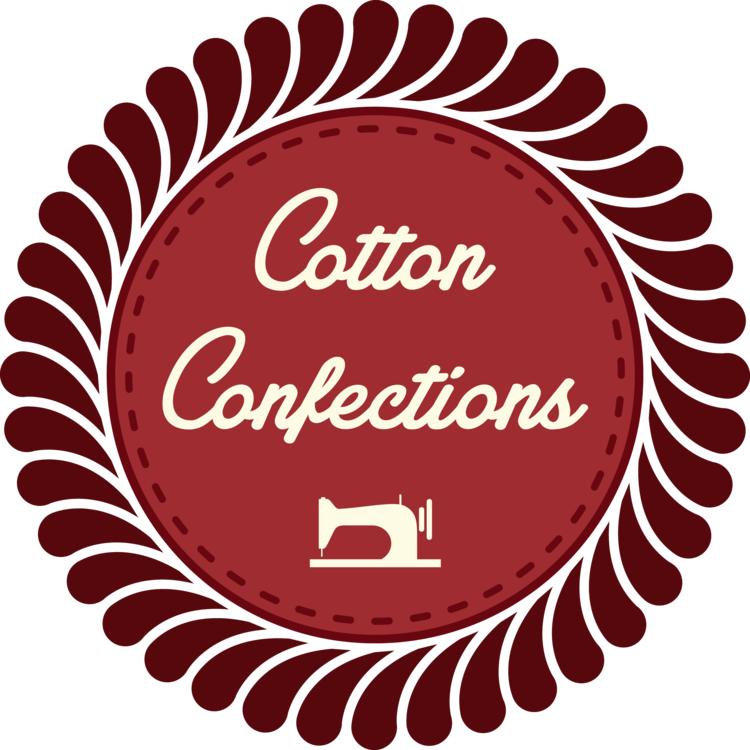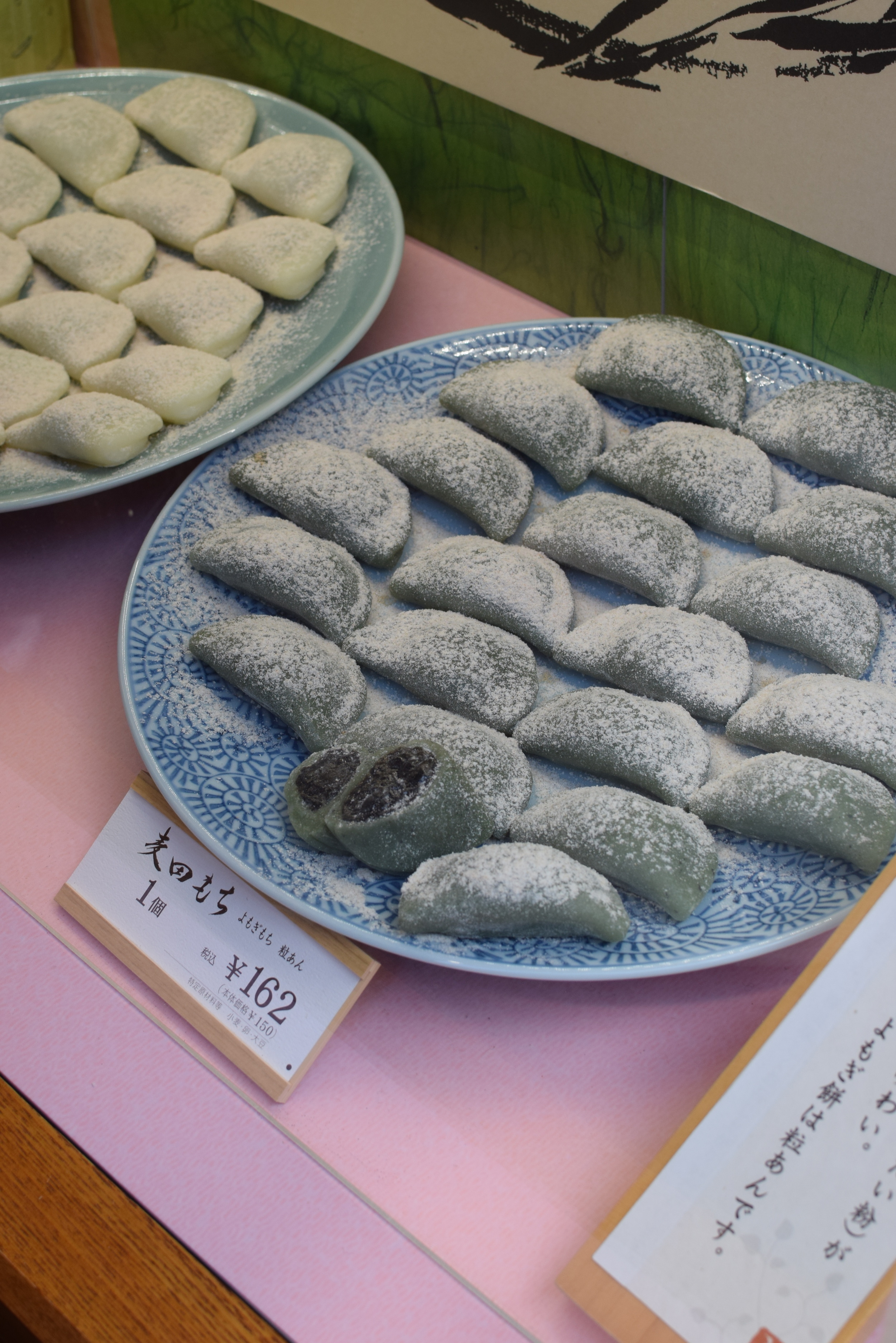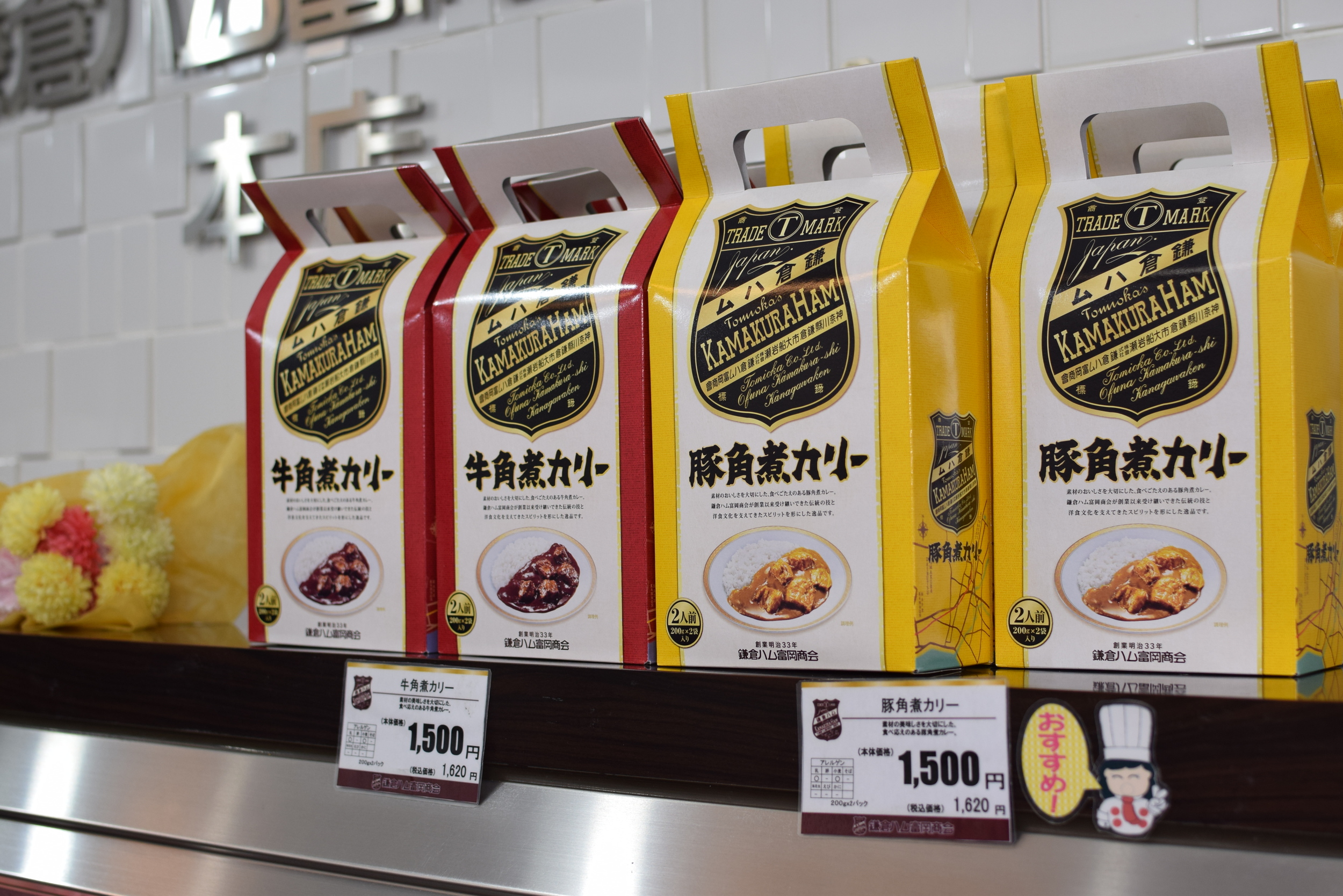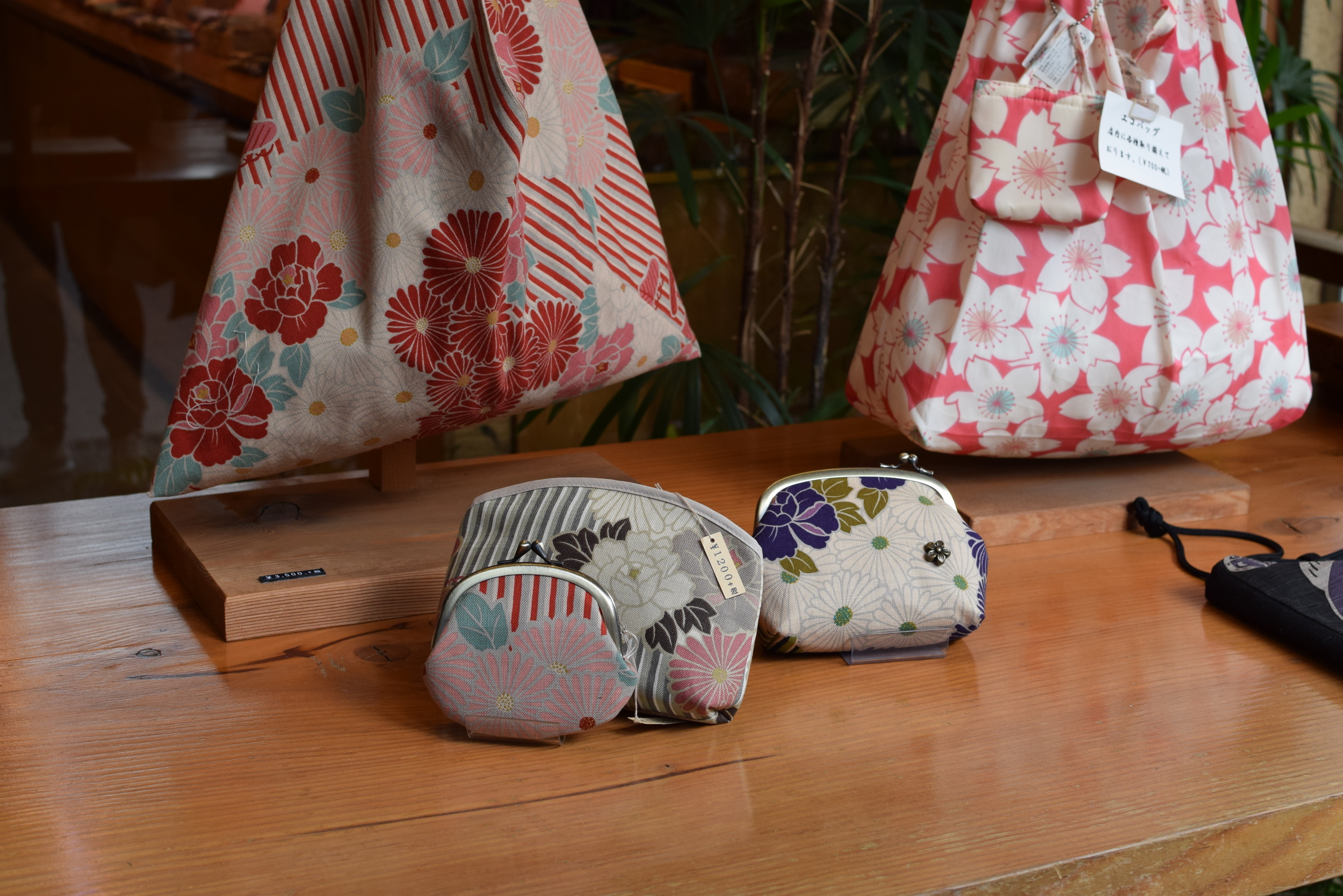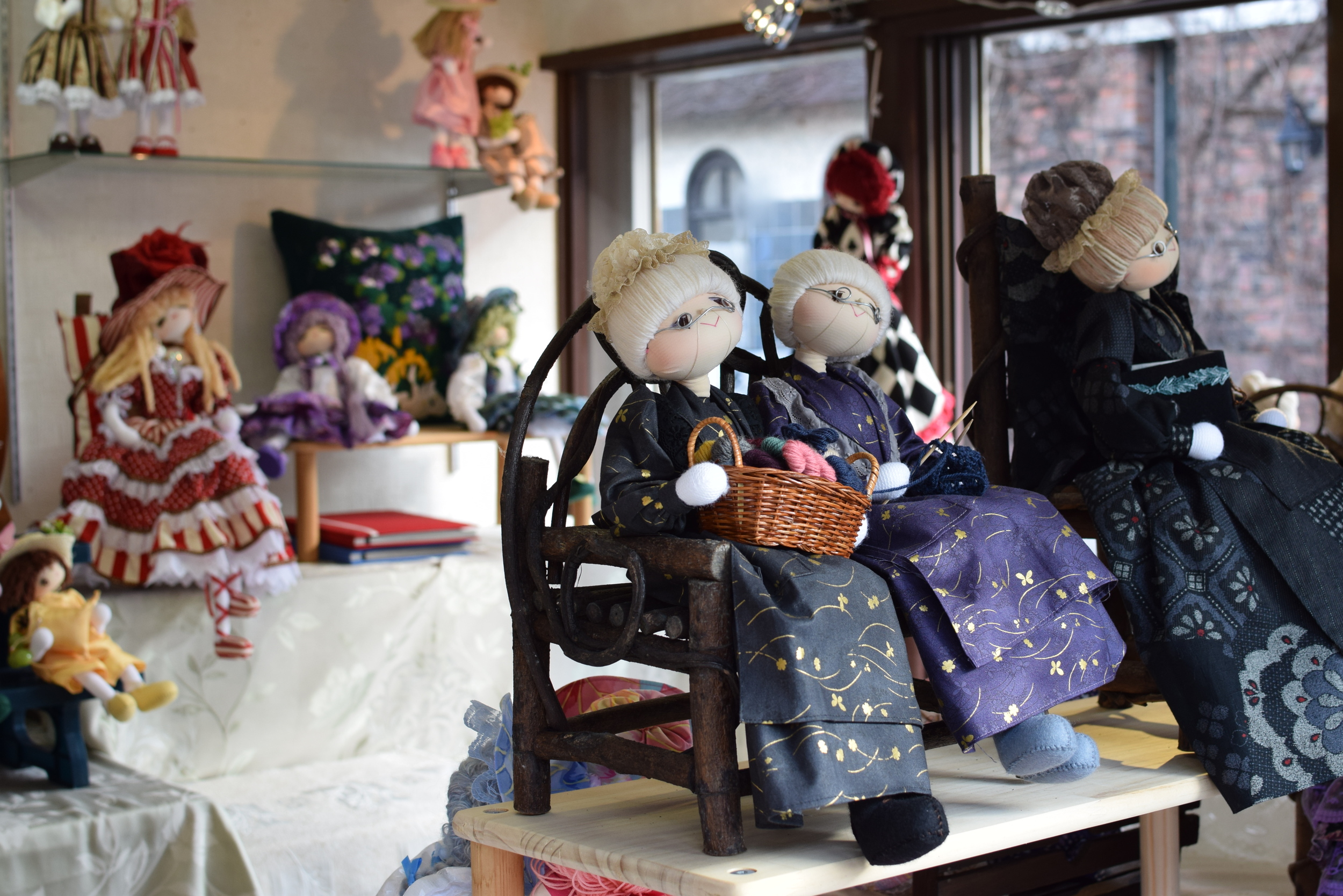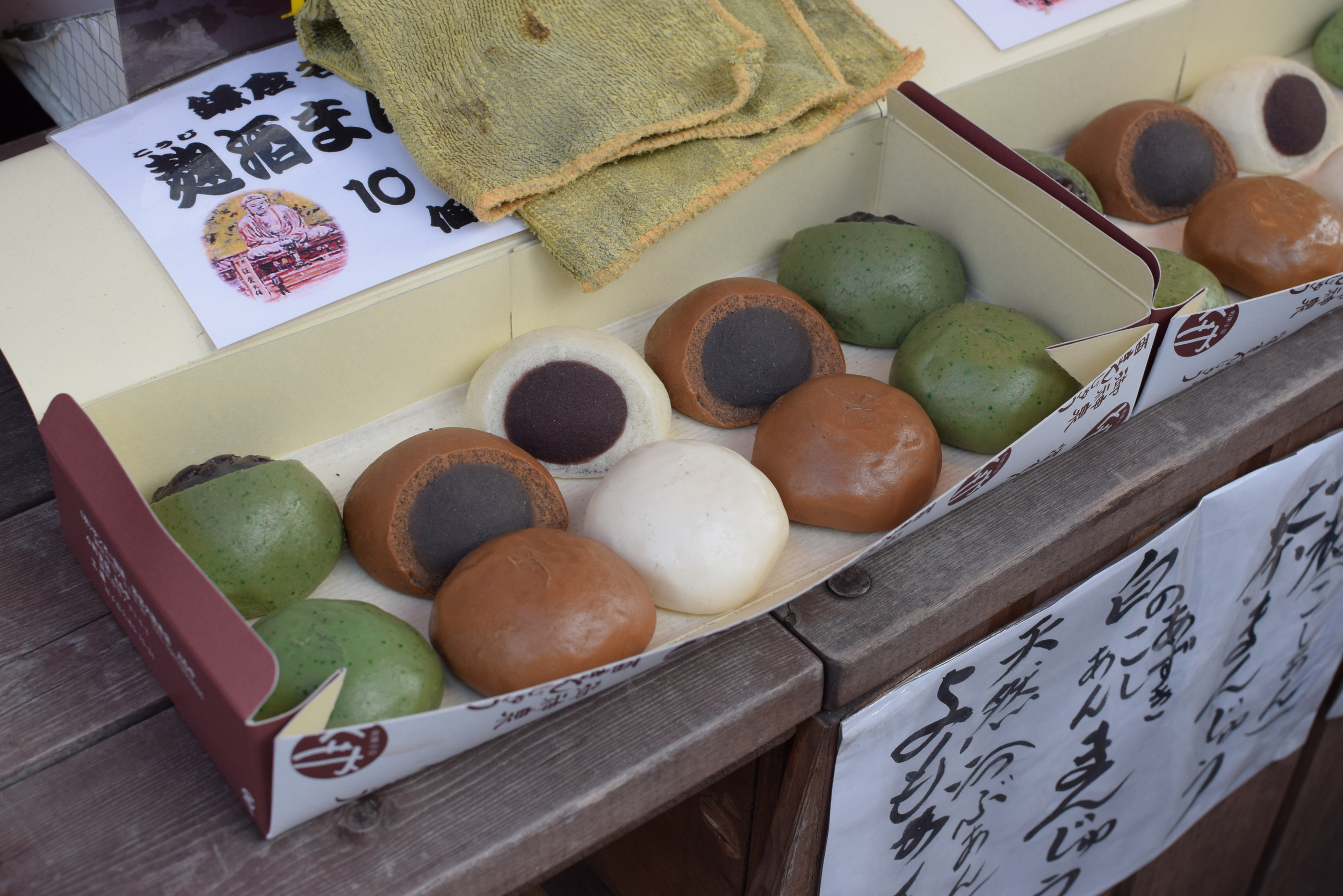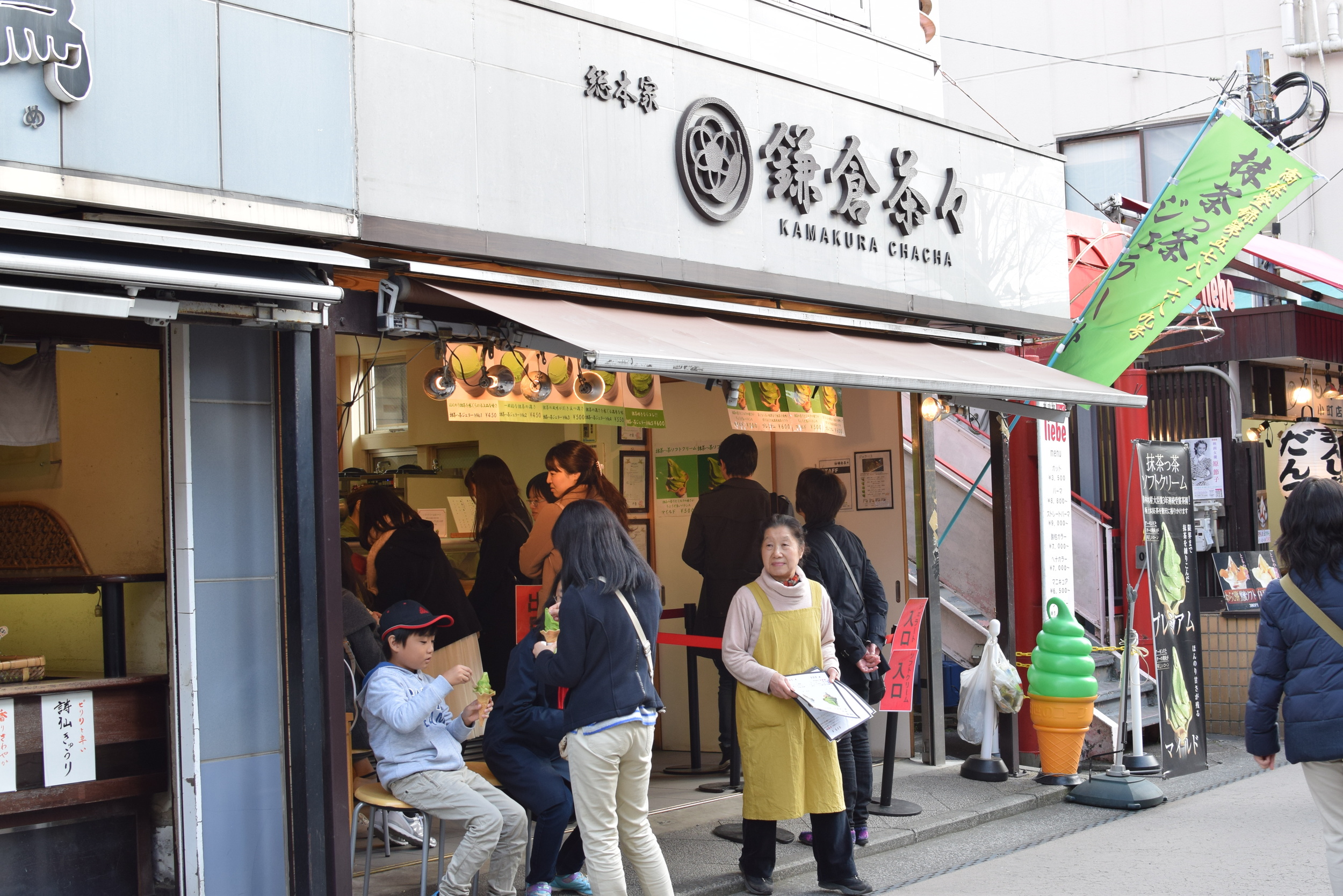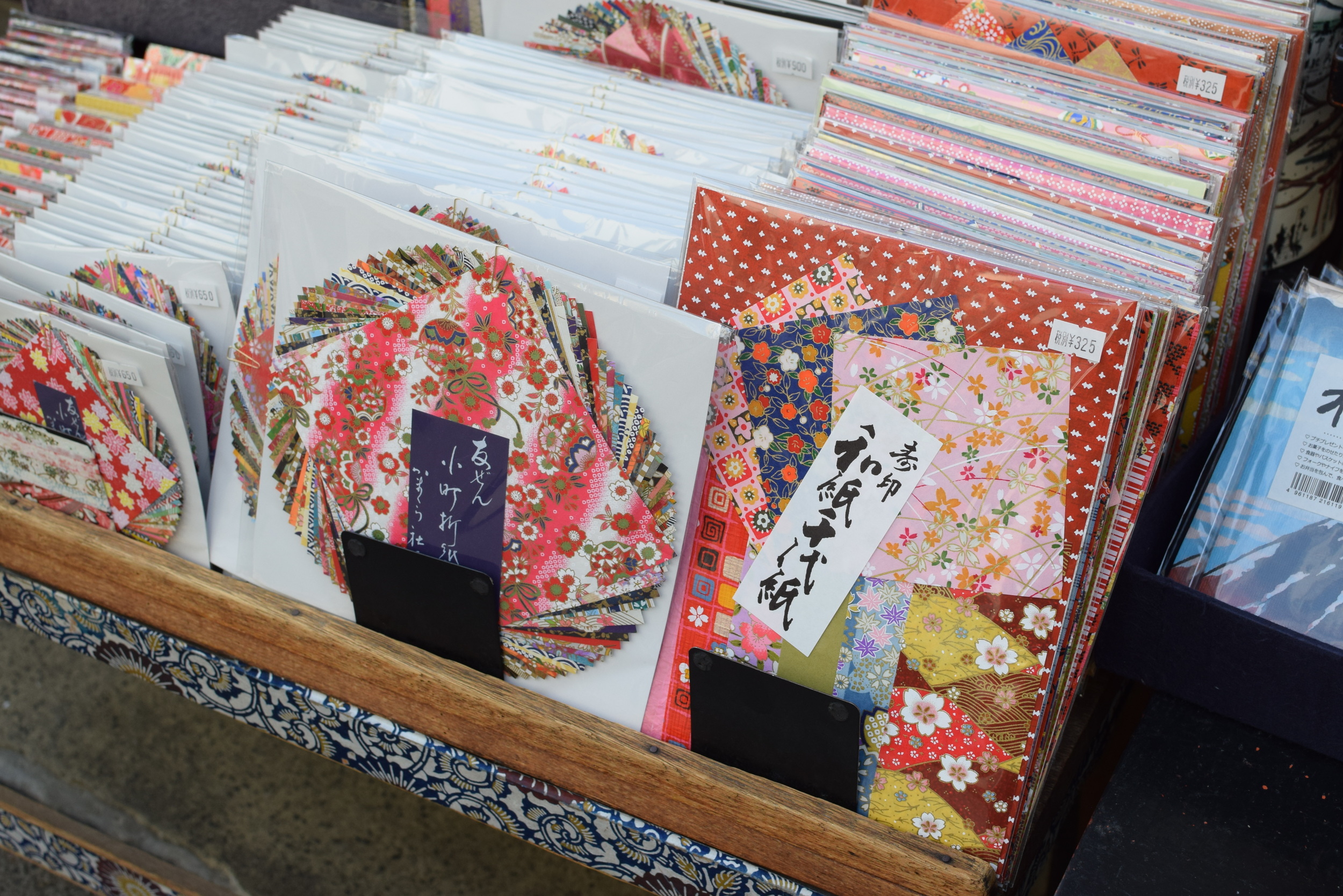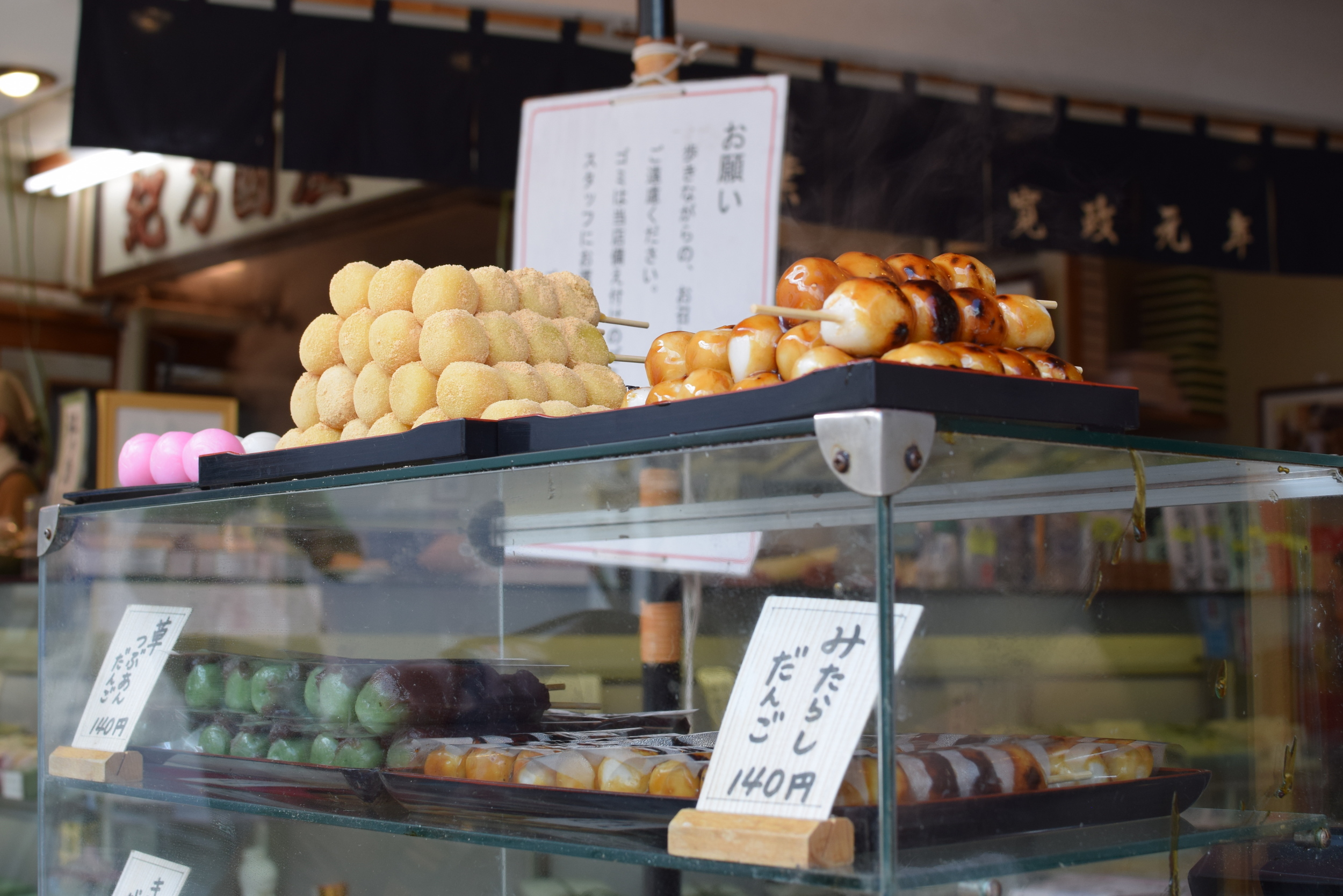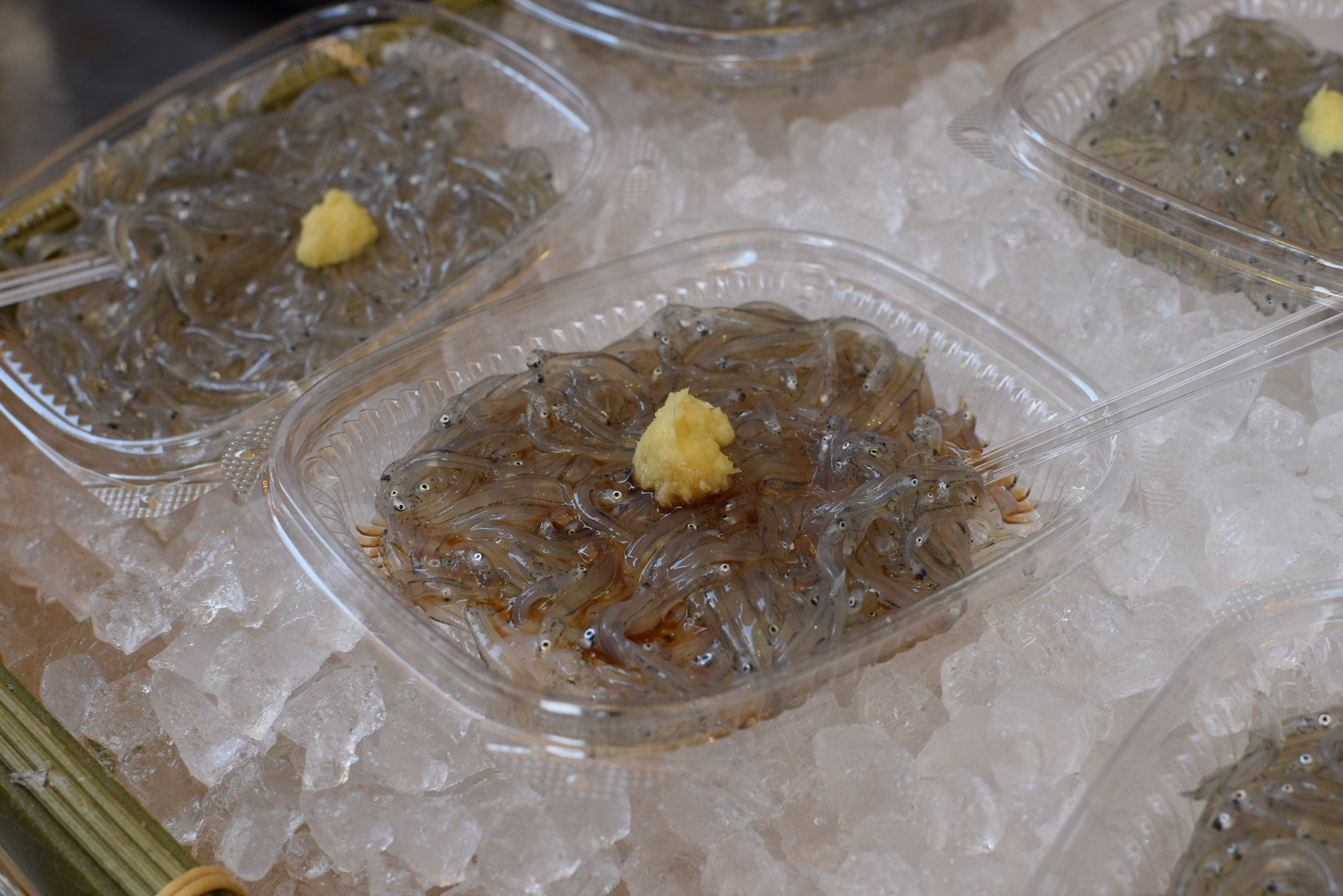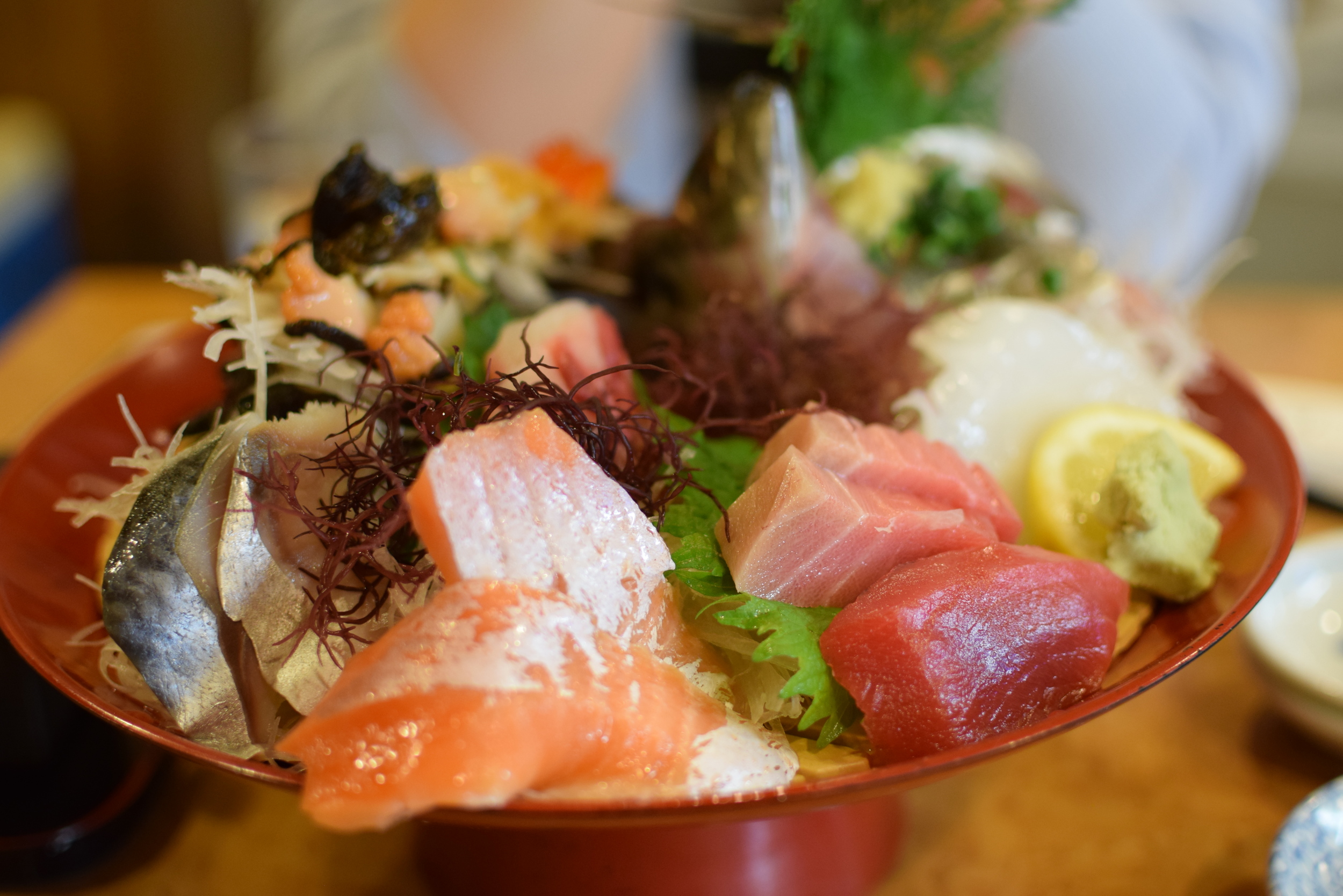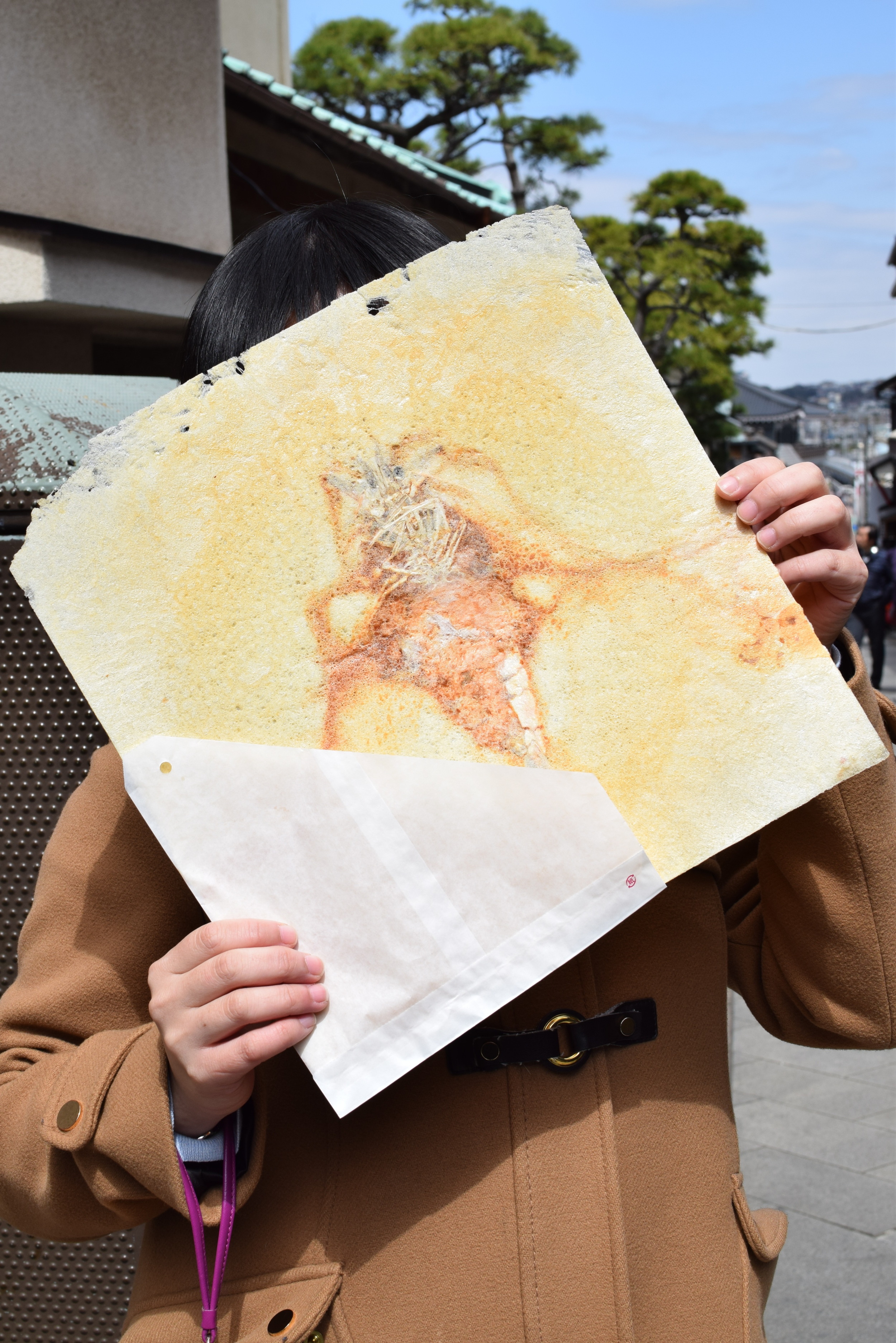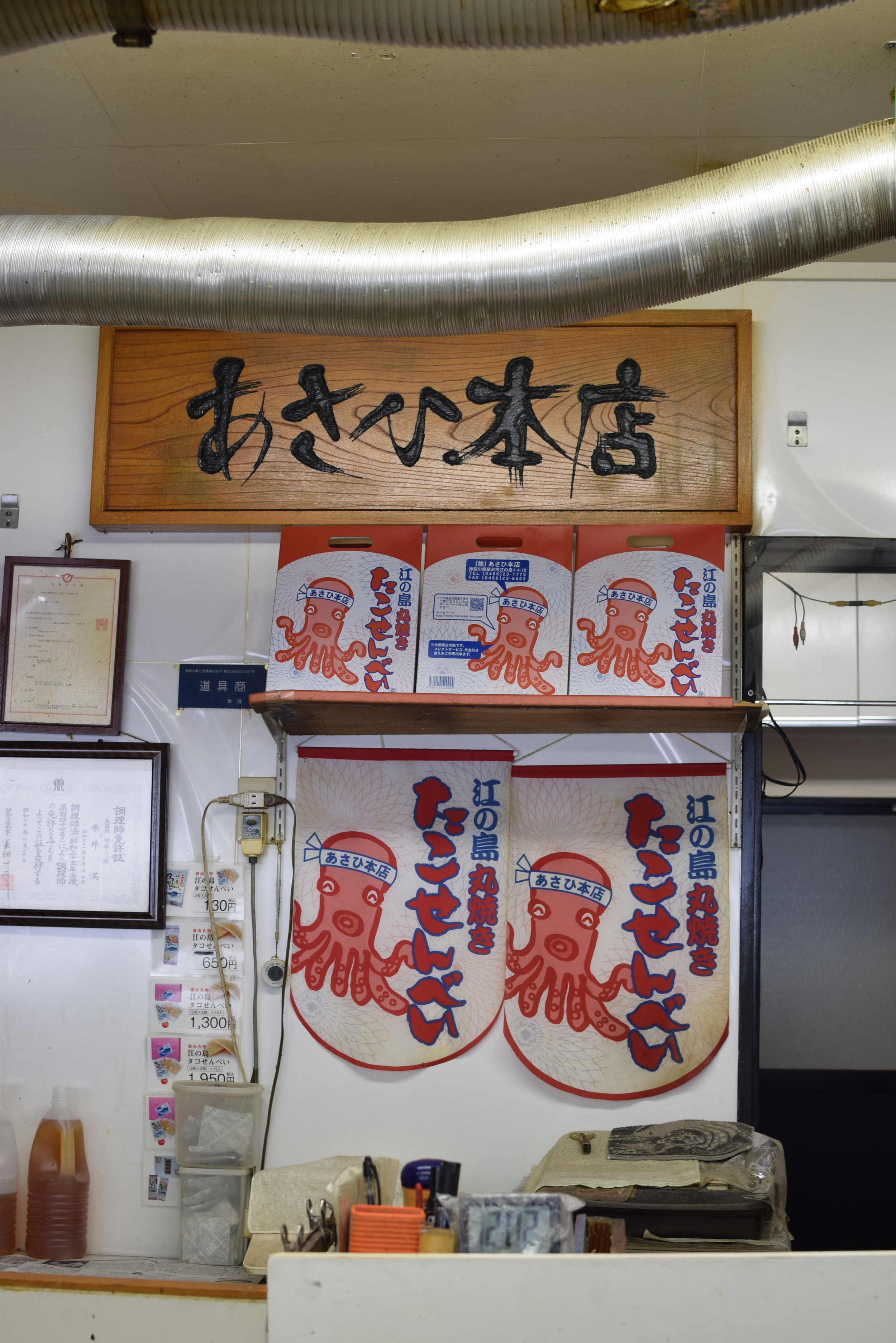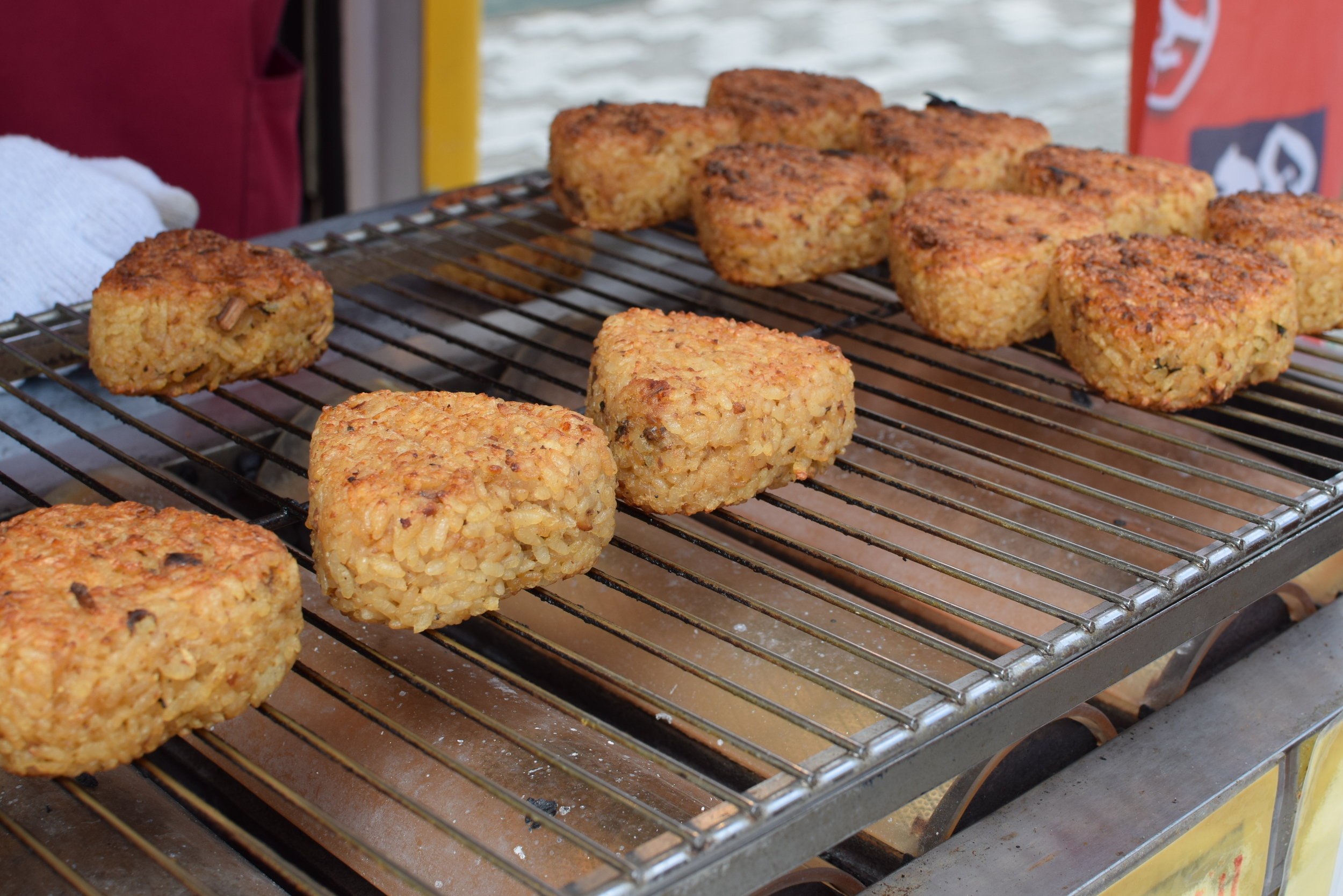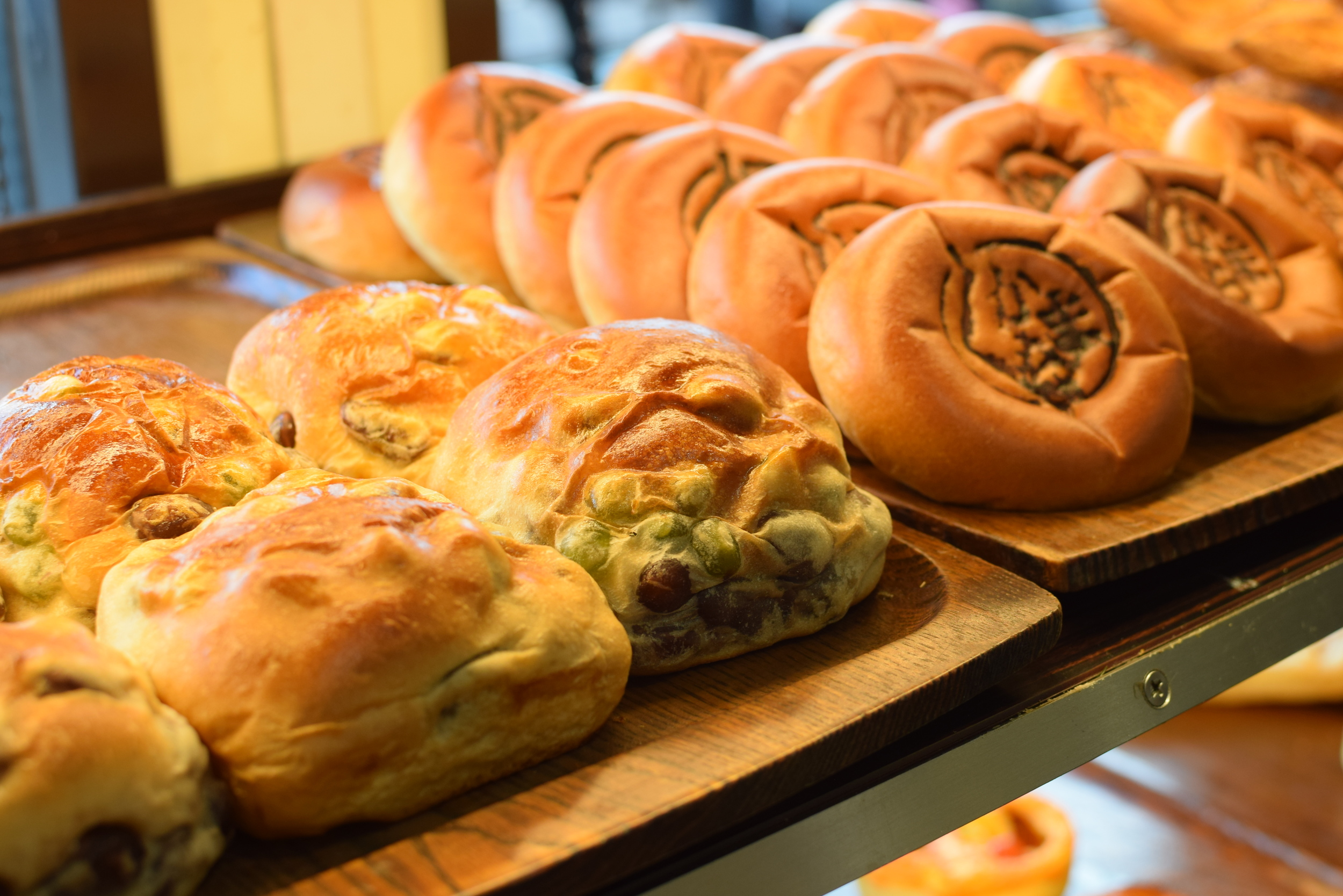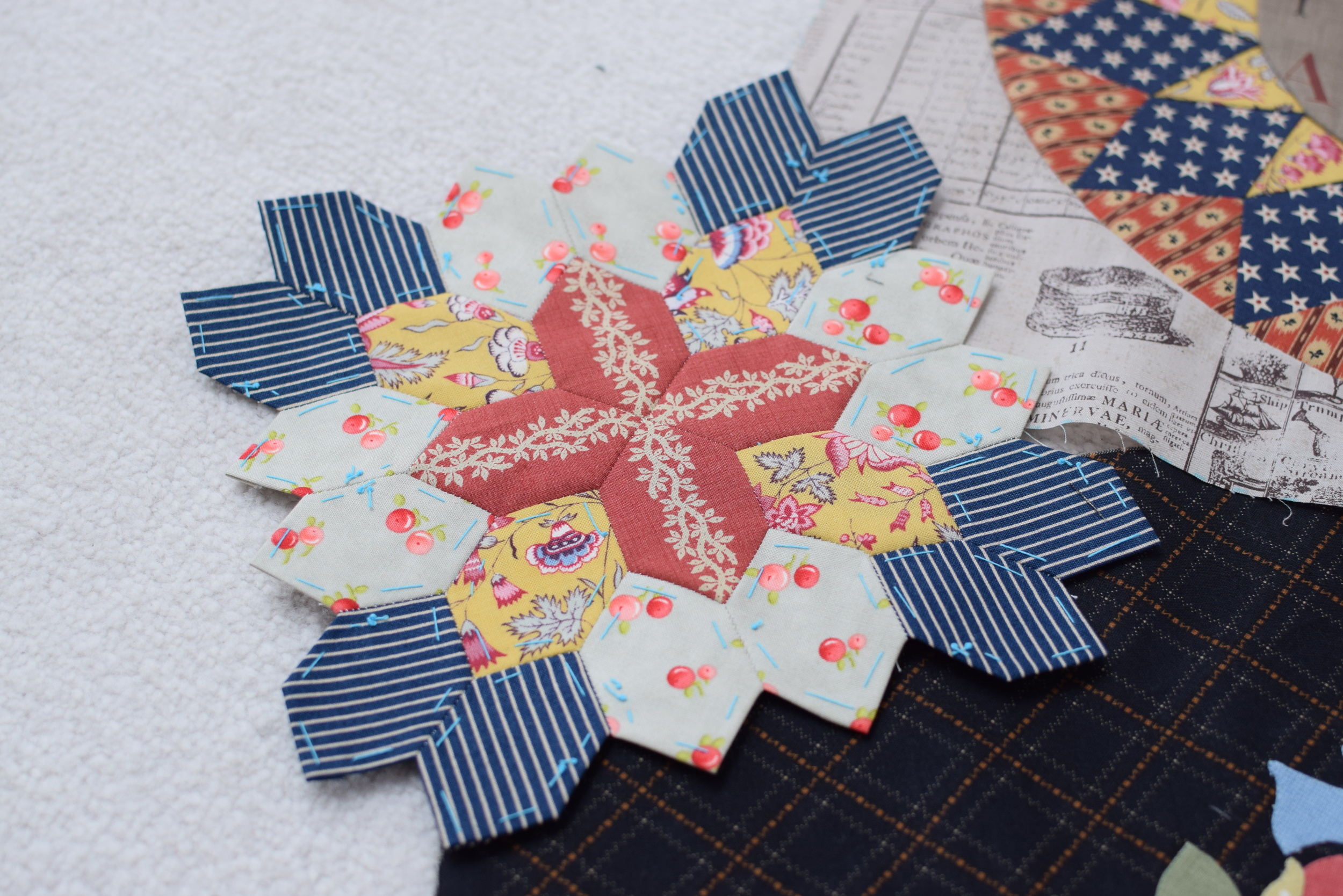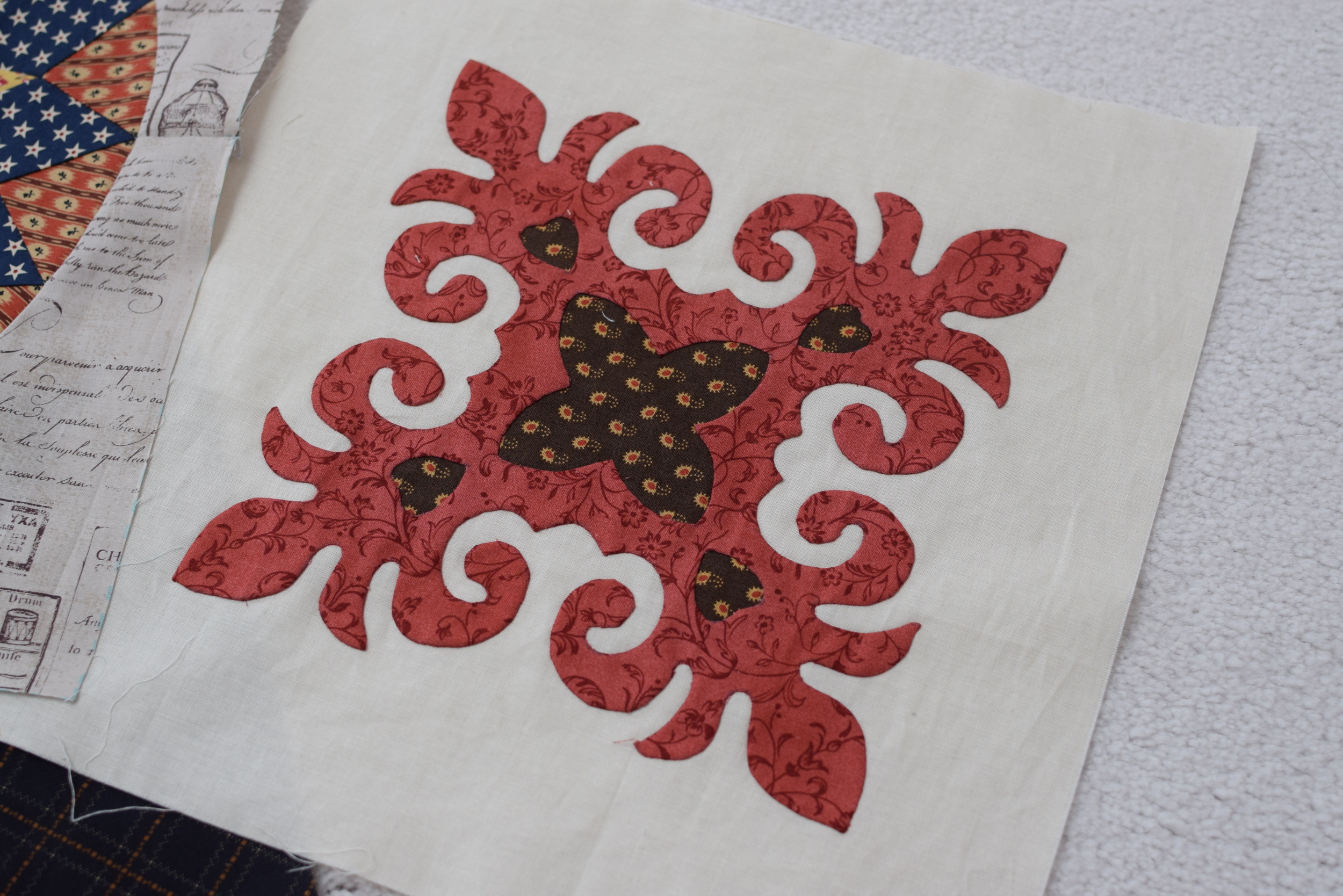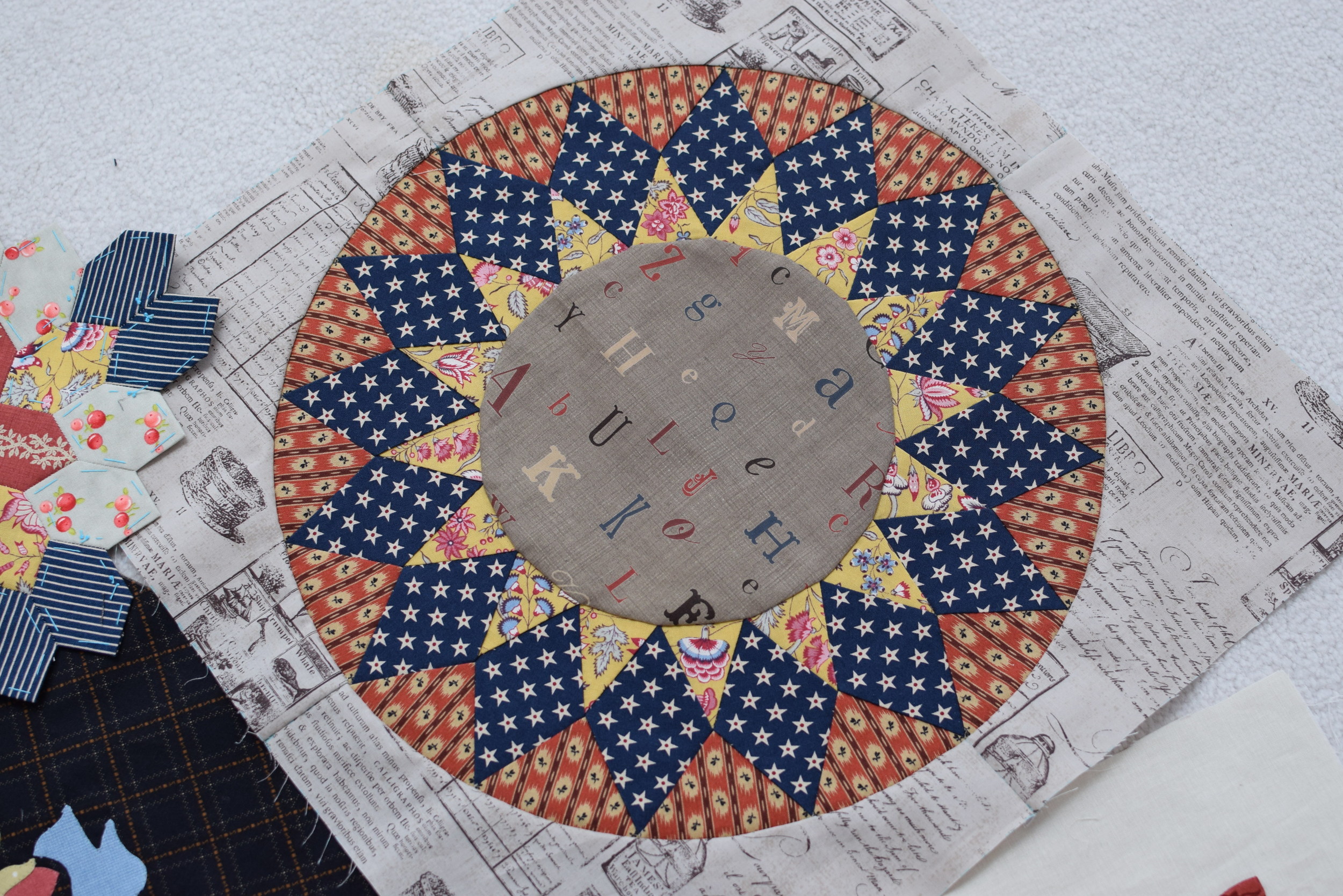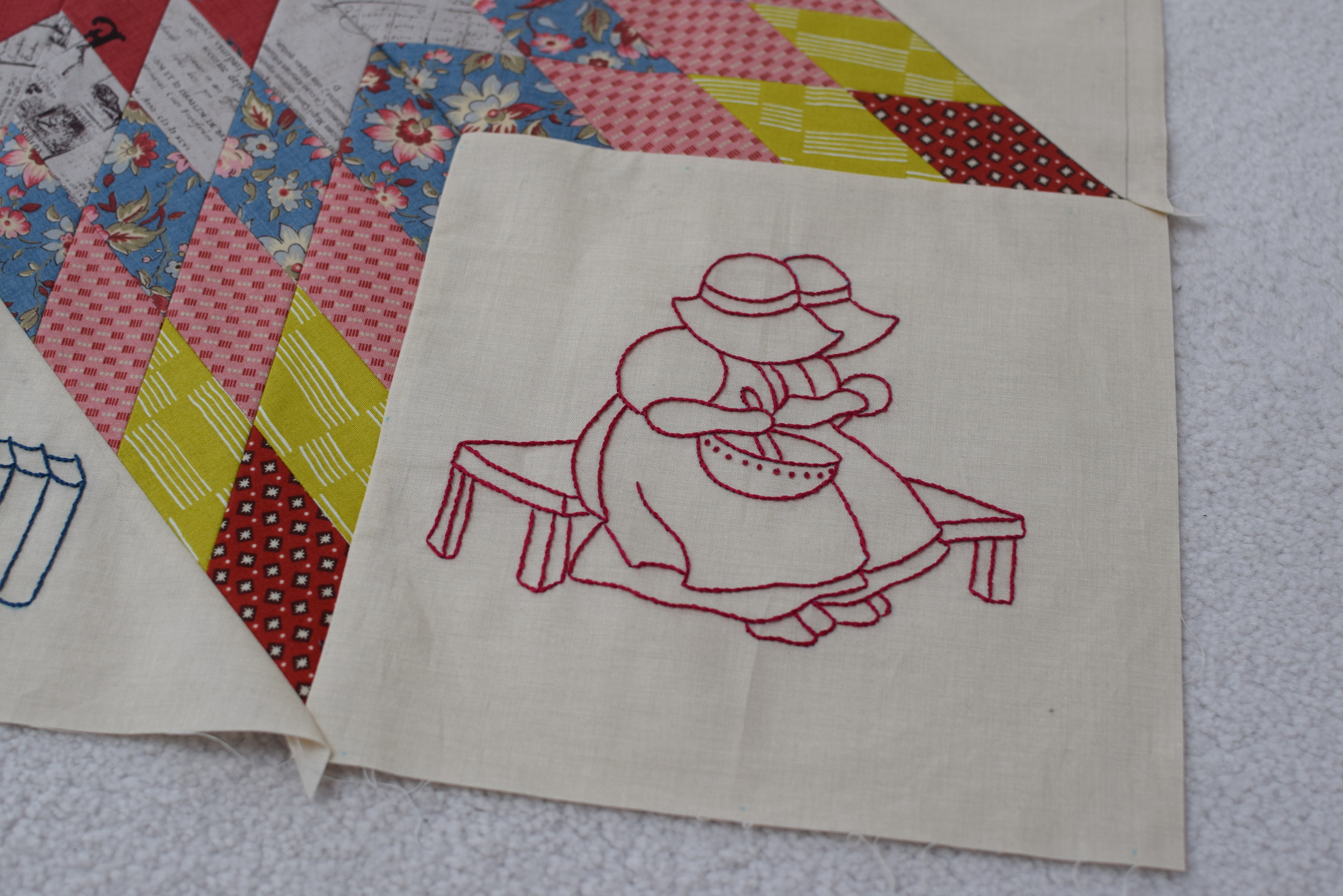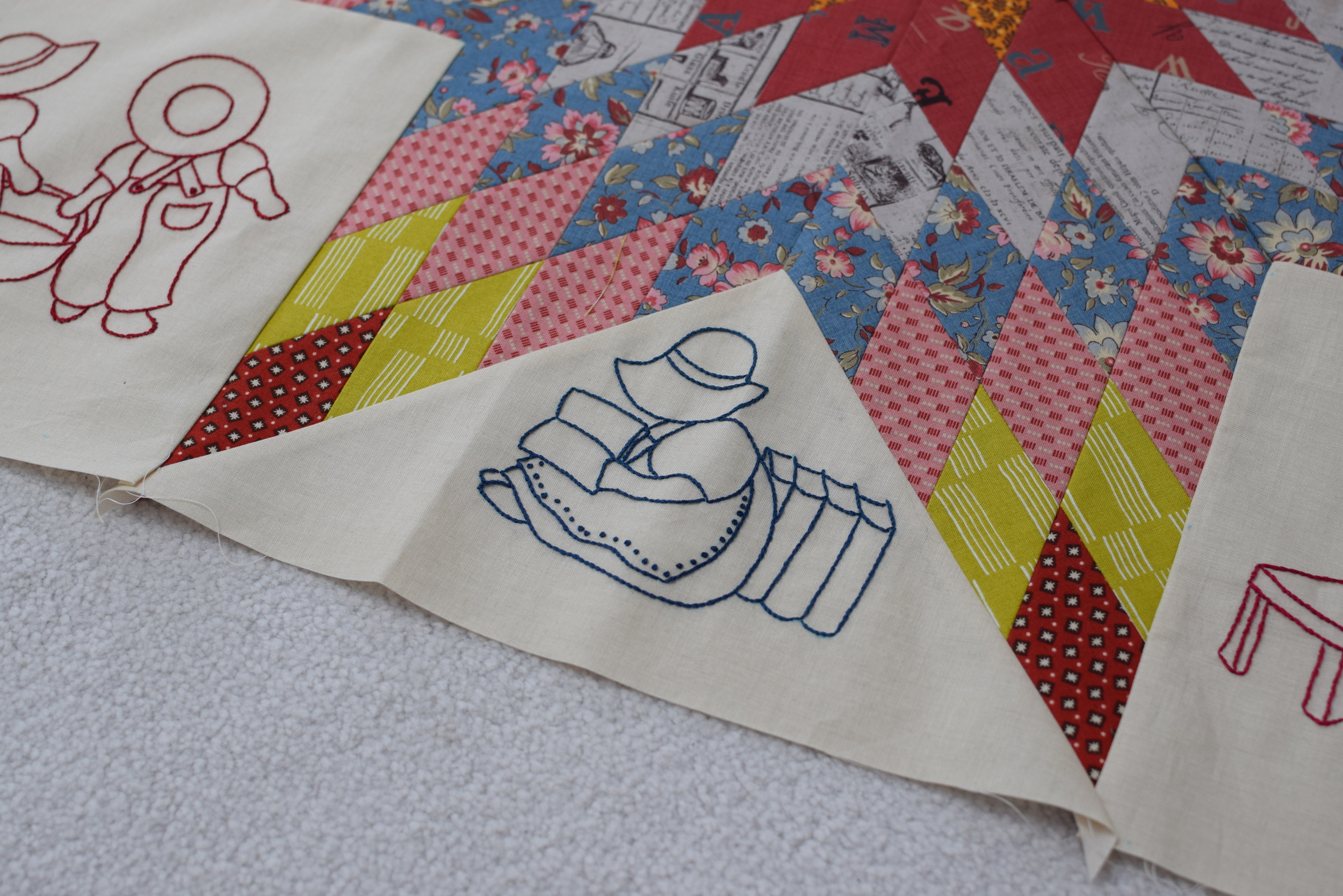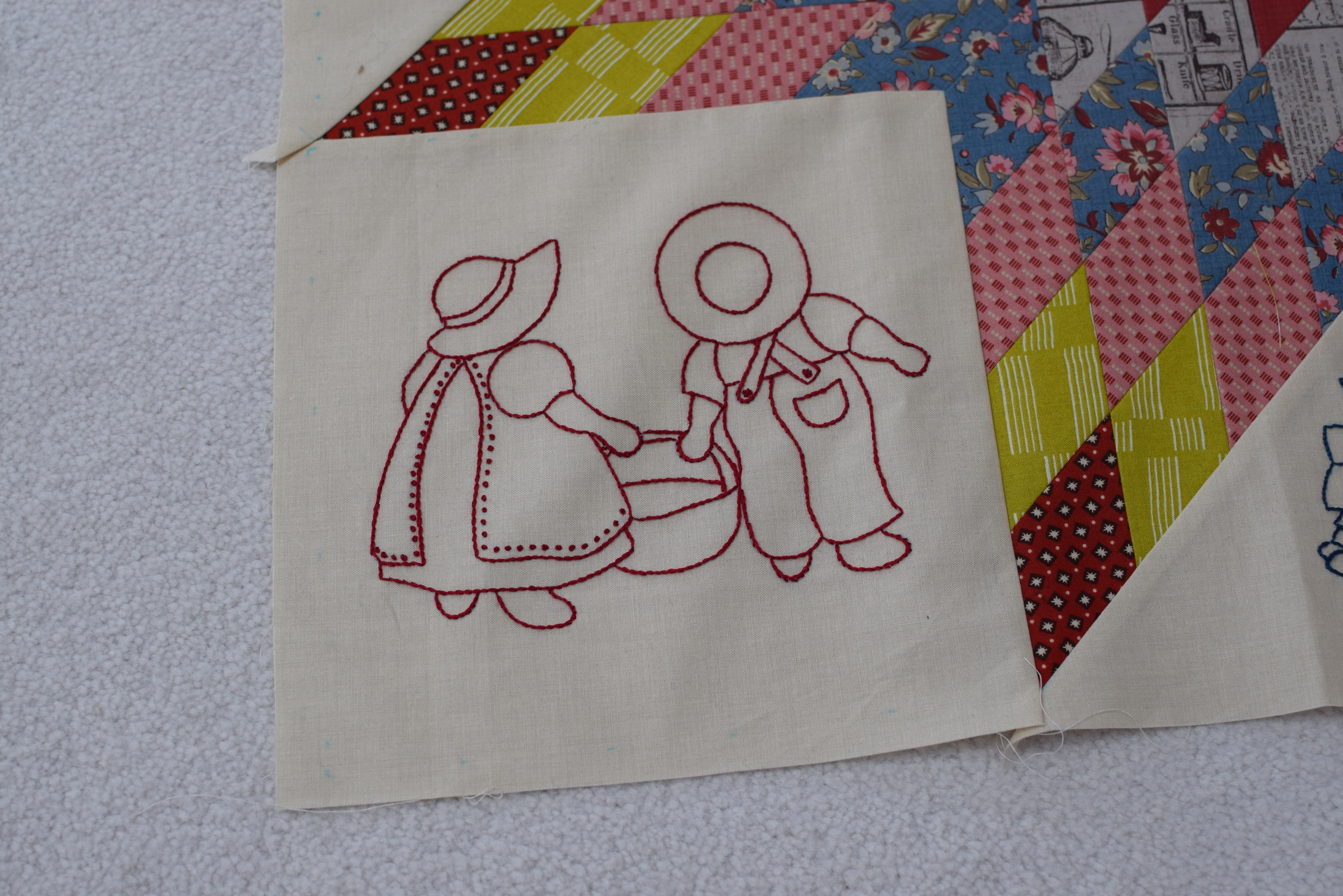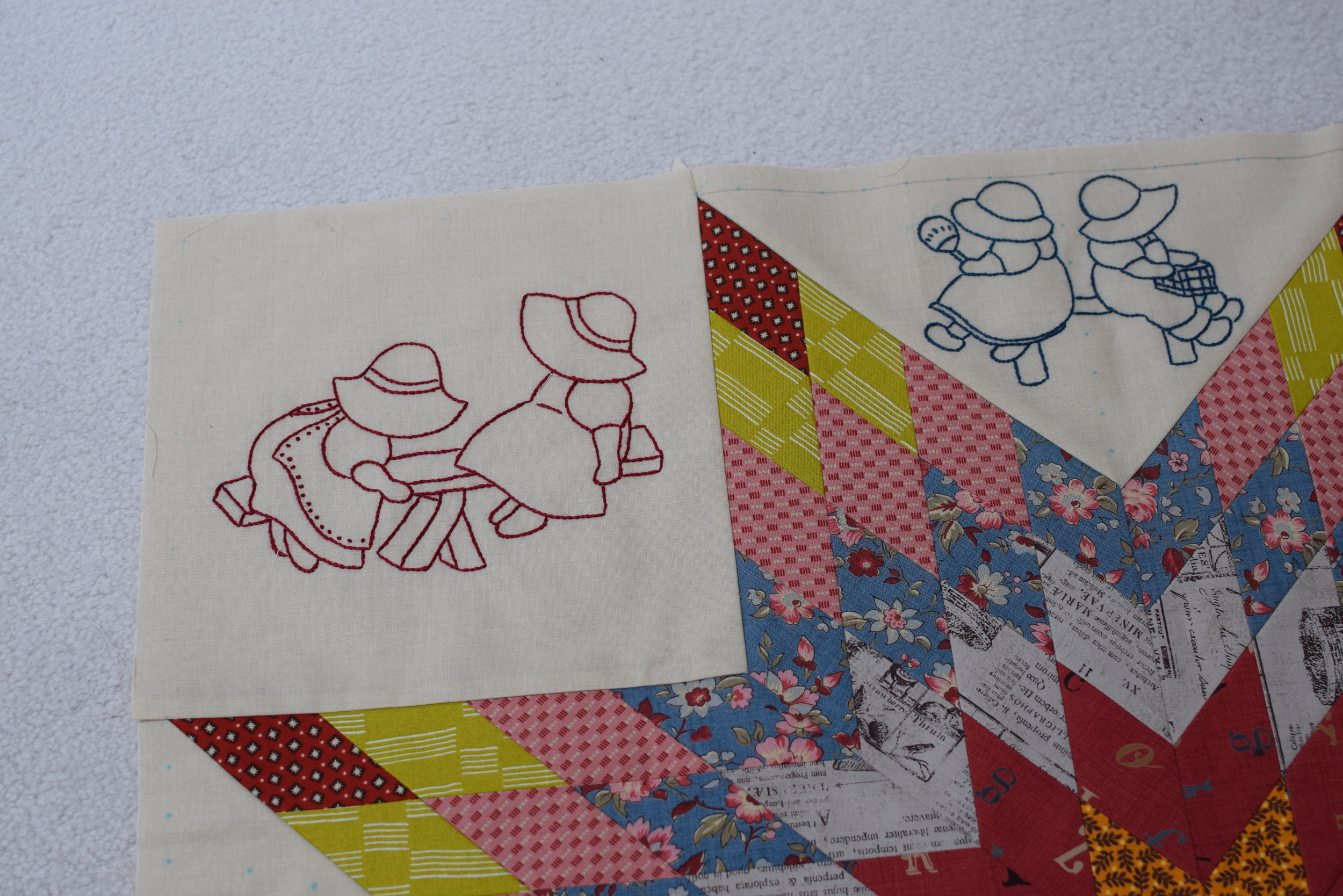I have been slowly making roman shades for my house: 3 finished, 3 more on the way. The theme for our bedroom window shades is birds. There are all kinds of birds in our neighborhood and I love them! All roman shades feature prints in birds. For our master bedroom and the closet room, I chose a linen-cotton bird toil in ivory tone that matches our bedroom’s Benjamin Moor Swiss Coffee wall paint.
I learned how to make the roman shades from a Craftsy class called Sewing Custom Roman Shades by Susan Woodcock. It’s a fantastic class! Following Susan’s instructions, I achieved great results. Recently, I also found a book called “The Shade Book” by July Lindahl. Ah! I wish I could find this book earlier! It has great contents and shows endless possibilities and variations in shade making that Susan’s class doesn’t show in her class. I highly recommend both the Craftsy Class and the shade book (out of print, check out your local library first).
The "mistake" I made for the shades is that I didn't purchase enough fabric for two, symmetrical splices on the face fabric. So, I had only one splice, unsymmetrical and on the left side. I did match carefully at the splice to align the patterns, though. To avoid the seam to be seen, you need blackout lining, which I didn't want because I love lots of lights.
Ben did a great job in shade installation, except for one bracket he measured the screw holes 1 inch away from the correct locations and had to unscrew and relocate the bracket to the stud next to the originally proposed one (we got a stud finder for our shade installation).
I just realized that the basting stitches are still on the shades!
All plastic rings on the back were hand-sewn. Instead of using glass head pins, I used safety pins just like how we baste a quilt before machine quilting. I placed the plastic rings rather closely at 8” apart, and at each ring location I put on a safety pin. I could then rolled and unrolled the unfinished shade without shifting the face fabric and baking.
I have to admit that I didn’t insert a rod at the base of the shades for the 2nd and 3rd shades. I found that as I placed the rings so close together and if I pull up the shade slowly, there won’t be any puckering.
I would also like to share with you the trick of placing the shade a few inches higher, so the shade can be pull up high and clear the window to allow more lights coming in.
The shade pleats are so nice =)
